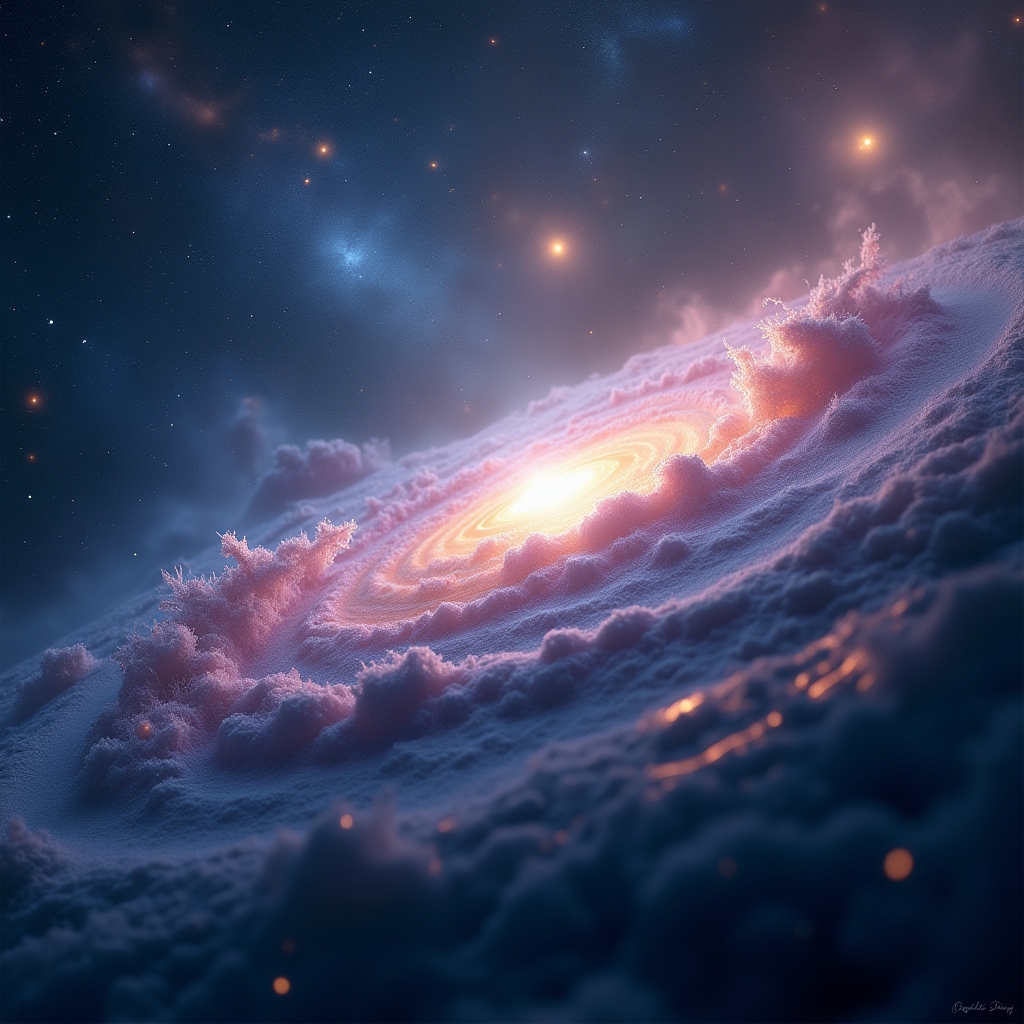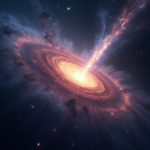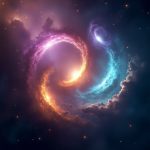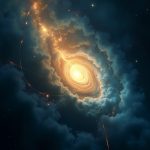The story of our universe's inception is as compelling as the stars that fill the night sky. For decades, the Big Bang Theory has been the prevailing explanation, painting a vivid picture of the universe's explosive beginnings. However, a new theory challenges this perspective, offering a fresh and nuanced understanding of how our cosmic home came to be.
iN SUMMARY
- 🌌 A new theory suggests gravitational waves may have seeded galaxy formation, challenging the inflationary model.
- 🌠 The concept embraces De Sitter space, aligning more with dark energy observations.
- 🔭 The model reduces reliance on speculative assumptions, eliminating unknown variables.
- 🌟 This theory could revolutionize our understanding of cosmic origins and structure.
This new theory originates from a passionate team of scientists eager to explore the universe's secrets. At its heart, the theory proposes that rather than relying on the inflationary model—an approach filled with speculative assumptions—it starts with the established concept of De Sitter space which aligns closely with our observed realities concerning dark energy.
The Foundation of the New Theory
Let's break this down into something easy to digest. Think of De Sitter space as a kind of framework for understanding the universe. The scientists involved in this research propose that the gentle ripples of gravitational waves—ripples in space-time fabric—played a crucial role in shaping the galaxies and cosmic structures we observe today. It's akin to the wind gently blowing patterns in sand dunes rather than a violent explosion scattering debris.
Gravitational waves have been a topic of keen interest ever since Albert Einstein predicted their existence in his general theory of relativity. Yet, only in recent years have we developed the technology to finally observe these ripples in the universe. These observations suggest that gravitational waves could seed the formation of cosmic structures, elegantly eliminating the need for unknown elements and variables introduced by prior theories.
Embracing the Universe's Quiet Symphony
According to the study, the universe's formation might be more like a symphony than a chaotic eruption. The harmony induced by gravitational waves sets the stage for galaxies to form in the framework of De Sitter space. It aligns with our understanding of dark energy, that mysterious force responsible for the accelerated expansion of the universe.
For those living in bustling cities such as Toronto or Sydney, the notion of a universe orchestrated by subtle cosmic forces resonates. It suggests a universe governed by interplay and balance, rather like the ebb and flow of life in these cities.
The Beauty of Simplicity
Why is this significant? The model seeks to dismantle the complexities of the inflationary model, advocating instead for a beautiful simplicity rooted in observable phenomena. For curious minds and adventurers, this opens a new frontier of discovery. It shifts the narrative from speculative to empirical, from theoretical to observable, inviting everyone to explore and understand our universe more profoundly.
Think of it this way: imagine needing to understand how a complex machine works. Initially, you might conjecture about hidden gears and cogs, but then someone reveals a straightforward design driven by a simple, powerful force. This is the allure of the gravitational wave model—it offers clarity where abstraction once reigned.
Implications and the Path Forward
The implications of this theory are as vast as the cosmos itself. It empowers scientists to explore questions previously cloaked in mystery, leading to more precise models of the universe's birth and evolution. This, in turn, might inspire technological advances and deeper insights into the forces shaping our cosmic neighborhood.
For now, the team continuing their research remains focused on validating their theory through observations and experiments. They aim to refine our understanding of gravitational waves, potentially unlocking new paradigms in astrophysics and cosmology.
Join the Cosmic Conversation
We live in an era where the universe’s secrets are within reach, waiting for us to explore and understand. As we stand on the cusp of new discoveries, we're invited to be part of this cosmic journey. What are your thoughts on this new model? Do you see harmony in the universe's origins? Share your insights and become part of the iNthacity community. Discover the latest in science and cosmology, and join the conversation.
Our universe is not just a collection of stars and galaxies; it is a narrative waiting to be told, a journey waiting to be undertaken. Let's embrace this journey together, nurturing our curiosity and fueling our desire for understanding as we explore the mysteries that lie beyond.
Are we on the brink of another paradigm shift in understanding our cosmos? Could this theory ignite new ways of thinking about our place in the grand scheme of things? We invite you to ponder these questions and share your perspectives. Let your voice be part of the universal dialogue.
Explore the unique synergy of science and storytelling, and as a member of the iNthacity: the 'Shining City on the Web', join us in illuminating the universe's captivating tale.
Disclaimer: This article may contain affiliate links. If you click on these links and make a purchase, we may receive a commission at no additional cost to you. Our recommendations and reviews are always independent and objective, aiming to provide you with the best information and resources.
Get Exclusive Stories, Photos, Art & Offers - Subscribe Today!
























Post Comment
You must be logged in to post a comment.